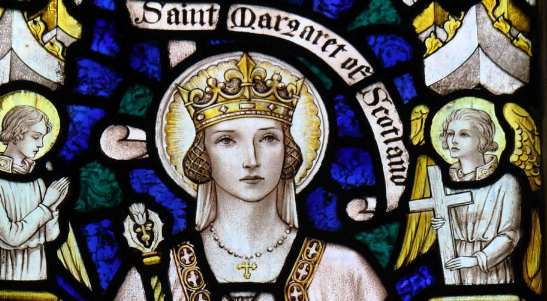The Role of Saint Margaret of Scotland
Saint Margaret of Scotland holds a significant place in history and in the hearts of many as a figure of compassion, humility, and leadership. Her life and legacy offer valuable lessons about faith, service, and the importance of community. Understanding her role not only honors her memory but also illustrates the broader impacts of her contributions to Scottish history and society.
Her Early Life and Influence
Born into English royalty around 1045, Saint Margaret was the granddaughter of King Edmund Ironside of England. Her early years were marked by displacement, fleeing to Hungary after the Norman Conquest. It was during this time that she developed a deep sense of faith, embracing Christianity wholeheartedly. Upon her return to Scotland, she married King Malcolm III and became an integral part of his court. Margaret’s influence was profound; she encouraged the Christianization of Scotland by promoting literacy and education, which laid the foundation for future generations. Her commitment to faith and culture significantly altered the religious landscape of the region.
Promotion of Social Justice and Welfare
Saint Margaret’s contributions extended far beyond her royal duties; she actively championed social justice and welfare initiatives. Known for her kindness and compassion, she often engaged in charitable works, providing for the poor and sick. Margaret established various institutions, including hospitals and monasteries, which served as sanctuaries for those in need. Her efforts not only alleviated suffering but also inspired a culture of care and concern within the Scottish community. Her example encouraged others in positions of power to consider their responsibilities toward the less fortunate, reinforcing the idea that leaders have a duty to serve their people.
Legacy and Canonization
Margaret’s dedication did not go unnoticed. After her death in 1093, the local community revered her as a saint, recognizing her myriad contributions to Scottish society. She was canonized in 1250 by Pope Innocent IV, and her feast day is celebrated on November 16. Today, she is regarded as the patron saint of Scotland, symbolizing harmony between the English and Scots during a time of great conflict. Her legacy lives on not only through her canonization but also in the values she championed—compassion, leadership, and a commitment to social justice. Many still draw inspiration from her life, reminding us of the power of selfless service.
In conclusion, the role of Saint Margaret of Scotland extends far beyond her position as queen; her life is a testament to faith in action. By learning about her contributions, we can draw valuable lessons in compassion, leadership, and community engagement. To explore more about Saint Margaret and her impact, consider delving into historical texts, visiting local monuments, or engaging with community organizations inspired by her legacy.

